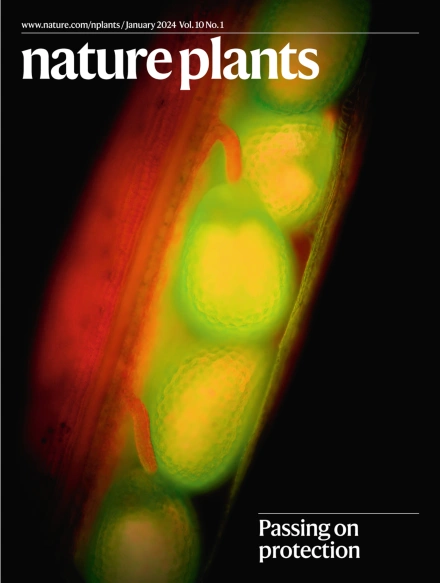Learning the syntax of plant assemblages.
IF 13.6
1区 生物学
Q1 PLANT SCIENCES
引用次数: 0
Abstract
To address the urgent biodiversity crisis, it is crucial to understand the nature of plant assemblages. The distribution of plant species is shaped not only by their broad environmental requirements but also by micro-environmental conditions, dispersal limitations, and direct and indirect species interactions. While predicting species composition and habitat type is essential for conservation and restoration purposes, it remains challenging. In this study, we propose an approach inspired by advances in large language models to learn the 'syntax' of abundance-ordered plant species sequences in communities. Our method, which captures latent associations between species across diverse ecosystems, can be fine-tuned for diverse tasks. In particular, we show that our methodology is able to outperform other approaches to (1) predict species that might occur in an assemblage given the other listed species, despite being originally missing in the species list (16.53% higher accuracy in retrieving a plant species removed from an assemblage than co-occurrence matrices and 6.56% higher than neural networks), and (2) classify habitat types from species assemblages (5.54% higher accuracy in assigning a habitat type to an assemblage than expert system classifiers and 1.14% higher than tabular deep learning). The proposed application has a vocabulary that covers over 10,000 plant species from Europe and adjacent countries and provides a powerful methodology for improving biodiversity mapping, restoration and conservation biology. As ecologists begin to explore the use of artificial intelligence, such approaches open opportunities for rethinking how we model, monitor and understand nature.学习植物组合的语法。
为了解决迫在眉睫的生物多样性危机,了解植物组合的本质至关重要。植物物种的分布不仅受其广泛的环境需求的影响,还受微环境条件、扩散限制以及物种之间直接和间接的相互作用的影响。虽然预测物种组成和栖息地类型对保护和恢复至关重要,但仍然具有挑战性。在这项研究中,我们提出了一种受大型语言模型的启发来学习群落中丰度有序植物物种序列的“语法”的方法。我们的方法捕捉了不同生态系统中物种之间潜在的联系,可以针对不同的任务进行微调。特别是,我们表明,我们的方法能够优于其他方法:(1)在给定其他列出的物种的情况下预测可能出现在物种列表中的物种,尽管最初在物种列表中缺失(检索从组合中删除的植物物种的准确率比共现矩阵高16.53%,比神经网络高6.56%);(2)从物种组合中对栖息地类型进行分类(比专家系统分类器对栖息地类型的分类准确率提高5.54%,比表式深度学习分类器的分类准确率提高1.14%)。该应用程序的词汇表涵盖了来自欧洲和邻近国家的10,000多种植物,并为改善生物多样性制图、恢复和保护生物学提供了强有力的方法。随着生态学家开始探索人工智能的使用,这种方法为重新思考我们如何建模、监测和理解自然提供了机会。
本文章由计算机程序翻译,如有差异,请以英文原文为准。
求助全文
约1分钟内获得全文
求助全文
来源期刊

Nature Plants
PLANT SCIENCES-
CiteScore
25.30
自引率
2.20%
发文量
196
期刊介绍:
Nature Plants is an online-only, monthly journal publishing the best research on plants — from their evolution, development, metabolism and environmental interactions to their societal significance.
 求助内容:
求助内容: 应助结果提醒方式:
应助结果提醒方式:


